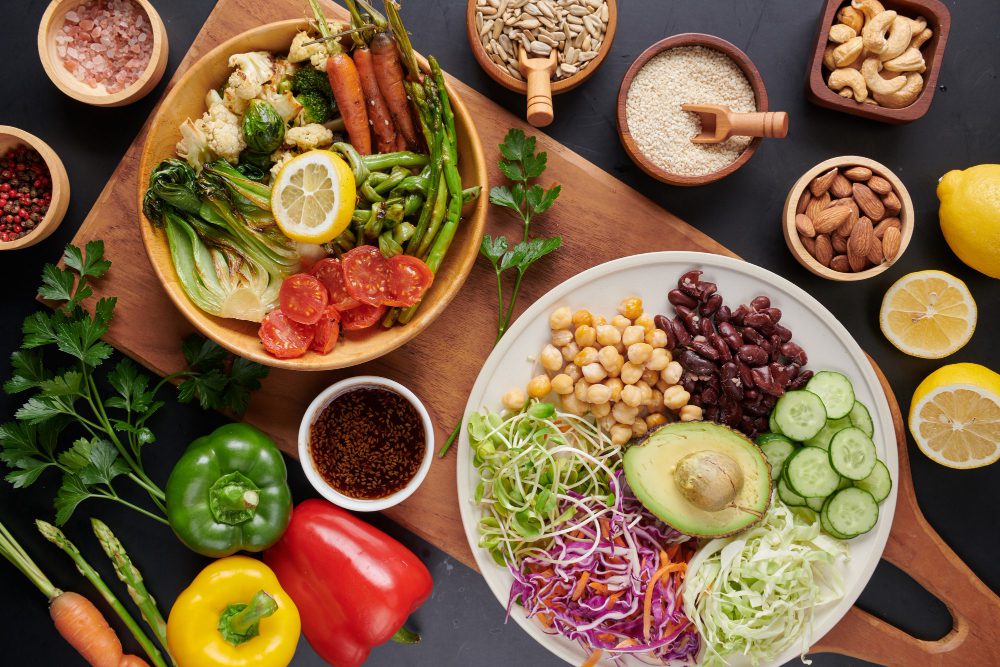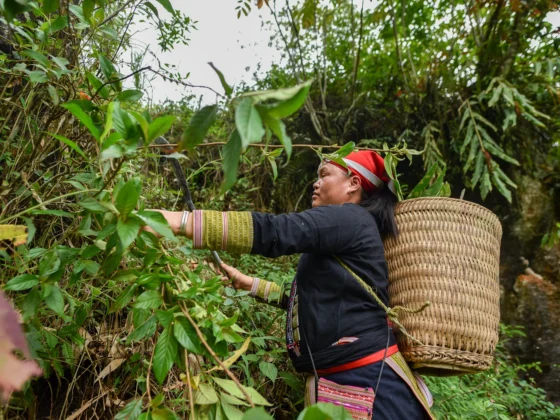Table of Contents Show
✍️ AI is summarizing:
Incorporating more plant-based foods into your diet can be a delightful and rewarding journey, especially considering the vibrant and diverse flavors of cuisines worldwide, including Vietnam’s fresh and aromatic dishes. Embracing a plant-based diet can offer you both health benefits and a variety of delicious meals. Here are some easy strategies to help you adopt a more plant-based lifestyle while enjoying the culinary richness that comes with it.
Related post:
- The Best Diet for Hikers: 5 Rules to Fuel Your Outdoor Adventures
- How Different Diets for Healthy Aging Promote an Outdoor Lifestyle
- Best Diet for Runners: Understanding Macronutrients and Micronutrients
Start with small changes: the plant-based diet journey begins
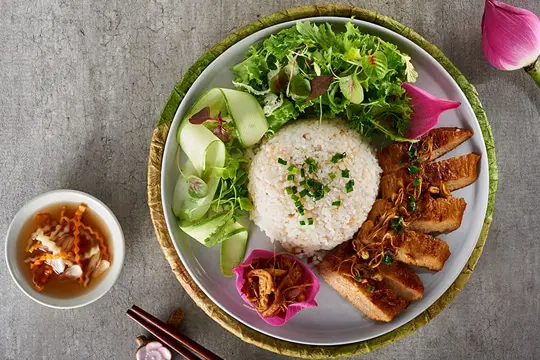
Begin by making gradual adjustments to your eating habits. One practical approach is to designate one day a week as “meatless.” Vietnamese cuisine offers a variety of delicious plant-based dishes, such as vegetable Pho or Cơm Tấm (broken rice) with tofu and vegetables. These meals highlight the freshness of ingredients and allow you to explore new flavors without feeling overwhelmed.
Explore plant-based alternatives for a healthier diet
As you shift towards a more plant-based diet, consider incorporating alternatives to traditional animal products. For instance, you can use tofu—a staple in Vietnamese cooking—as a protein source in dishes like stir-fried tofu with garlic and vegetables. Additionally, try using nut milk instead of dairy; coconut milk, commonly used in Vietnamese desserts, can add a rich flavor to smoothies and soups.
Focus on whole foods for a balanced plant-based lifestyle

Make it a habit to fill your plate with whole foods, particularly fruits and vegetables. Vietnam is renowned for its fresh produce, so take advantage of seasonal fruits like mango, dragon fruit, and lychee. Aim to fill half your plate with colorful vegetables at each meal. You might enjoy a vibrant Gỏi Cuốn (fresh spring rolls) filled with herbs, lettuce, and vermicelli noodles, showcasing the brightness of Vietnamese vegetables.
Plan your meals around plant-based ingredients
Meal planning can simplify your transition to a plant-based diet. Spend time preparing staples like rice, beans, and steamed vegetables each week. Cook larger portions of dishes like vegetable curry or stir-fried noodles, and freeze leftovers for quick meals later. This saves time and ensures you always have a nutritious option available.
Experiment with new plant-based recipes inspired by Vietnam
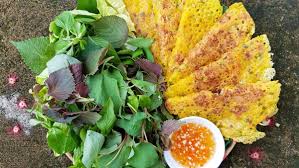
Explore the world of plant-based cooking by trying out new recipes. Vietnamese cuisine is rich in plant-based options, from Bánh Xèo (savory pancakes) filled with vegetables to Canh Chua (sour soup) made with fresh herbs and tofu. Look for cookbooks or online resources on plant-based Vietnamese dishes to inspire your culinary adventures.
Snack smart with plant-based options
Keep healthy snacks on hand to make it easier to choose plant-based options throughout the day. Vietnamese snacks like Bánh Mì Chay (vegetarian sandwiches) or roasted chickpeas seasoned with spices can satisfy cravings while providing nourishing benefits. Fresh fruits, such as bananas or oranges, are also excellent choices for on-the-go energy.
Involve family and friends in your plant-based meals
Cooking with family or friends can make transitioning to a plant-based diet more enjoyable. Organize a dinner where everyone prepares a plant-based dish, perhaps featuring Vietnamese flavors. Sharing recipes with loved ones can inspire creativity and foster community around healthy eating.
Mind your sauces and dressings in plant-based meals
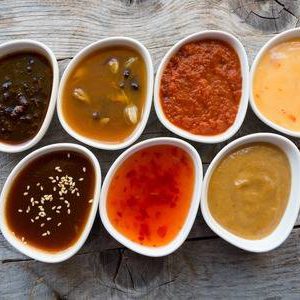
Flavors are essential in plant-based cooking, and Vietnamese cuisine excels. Enhance your meals with Nuoc Cham (dipping sauce) made from lime juice, chili, and garlic, or try a vibrant peanut sauce for fresh spring rolls. These sauces can elevate simple dishes and make vegetables more appealing.
Stay informed and inspired by plant-based Vietnamese cuisine
Finally, keep yourself motivated by exploring plant-based blogs or social media accounts focusing on plant-based diet and Vietnamese cuisine. This can introduce you to new recipes, cooking techniques, and ideas for incorporating more plant-based foods into your diet.
By following these strategies, you can easily incorporate more plant-based foods into your meals while enjoying the diverse flavors of Vietnamese cuisine. Embrace this journey, and you’ll discover health benefits and culinary delights!
Conclusion
Embracing a plant-based diet doesn’t have to be difficult. By incorporating fresh, vibrant Vietnamese dishes into your meals, you’ll enjoy delicious food and experience the numerous health benefits of a plant-based lifestyle. Start small, explore new recipes, and enjoy Vietnam’s rich, aromatic flavors while nourishing your body with wholesome, plant-based foods. Each step will make this journey rewarding for your health and a feast for your senses. Enjoy the adventure! Follow ExoTrails on Facebook for your daily dose of travel inspiration and tips.

